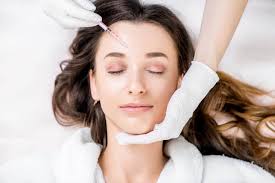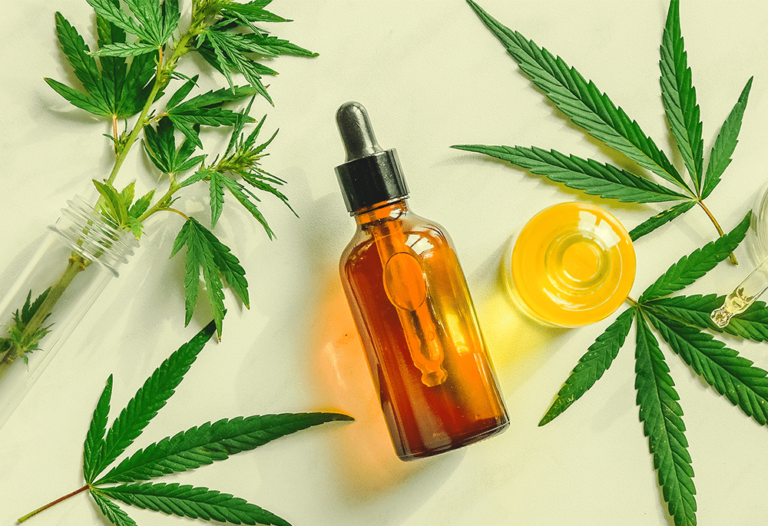Unraveling Botox: Insights into Its Aesthetic and Medicinal Uses
Introduction
In the dynamic field of aesthetic and therapeutic medicine, Botox is recognized as a prominent and versatile tool utilized for both cosmetic enhancements and therapeutic relief. This injectable treatment, which contains botulinum toxin type A, works by temporarily paralyzing muscles, resulting in a smoother appearance of wrinkles and fine lines. Botox treatment in Sacramento can be tailored to meet the specific needs of individuals, whether they seek to reduce signs of aging or relieve medical conditions such as chronic migraines, excessive sweating, or muscle spasms. It’s essential for potential users to research the various applications of Botox thoroughly, understanding its wide-ranging benefits, which include improved self-esteem and quality of life, alongside the critical safety precautions necessary to minimize risks associated with its use. A consultation with a qualified healthcare professional can provide further insights into the most appropriate uses and outcomes for each individual.
What is Botox?
Botox, scientifically known as onabotulinumtoxinA, is a purified form of the botulinum toxin type A, which was first identified in the mid-1800s in Germany. Although it is commonly associated with the potentially fatal foodborne illness, botulism, modern medical use has demonstrated that when administered in small and controlled doses, Botox can provide significant therapeutic benefits. In 1989, Botox received FDA approval for the treatment of various medical conditions, such as chronic migraines, excessive sweating, and muscle spasticity, before its popularization in cosmetic procedures for reducing wrinkles and enhancing facial aesthetics. Since then, extensive research has expanded its applications, establishing Botox as a versatile treatment option in both medical and aesthetic practices. The considerable body of evidence supporting its efficacy illustrates the substance’s acceptance and trusted status in a range of healthcare fields, with millions of procedures performed annually worldwide.
How Botox Works: An Overview
Botox, derived from the bacterium Clostridium botulinum, operates based on its unique ability to interfere with the nervous system’s signaling pathways, specifically by affecting the release of neurotransmitters. Upon injection into specific muscles, Botox effectively blocks the release of acetylcholine, a critical neurotransmitter that facilitates communication between nerves and muscles, leading to muscle contraction. This blockade results in a temporary paralysis of the targeted muscles, which not only smooths out wrinkles but also alleviates various muscle-related conditions such as chronic migraines, excessive sweating, and certain movement disorders. The versatility of Botox in addressing both cosmetic concerns and medical conditions makes it a highly sought-after treatment. Its applications span from aesthetic enhancements in cosmetic procedures to therapeutic interventions in clinical settings, demonstrating Botox’s versatile utility and adaptability to meet patients’ needs and preferences.
Applications of Botox
Botox, clinically known as botulinum toxin, is renowned not only for its aesthetic capabilities but also for its therapeutic uses. This injectable treatment has become a front-runner in the fight against aging, offering a non-invasive solution to diminish facial lines and creases without extensive recovery time. Specifically, Botox is particularly effective in addressing forehead lines, crow’s feet, the eyes, and frown lines (also known as glabellar lines) between the eyebrows. In addition to enhancing cosmetic appearance, Botox is used in medical treatments for conditions such as chronic migraines, excessive sweating (hyperhidrosis), and even certain types of muscle spasms. These diverse applications have made Botox an increasingly popular cosmetic choice, with millions of cosmetic procedures performed worldwide in 2020 alone. This surge in usage reflects its enduring appeal, broad acceptance in the realm of beauty treatments, and growing recognition of its versatility in both aesthetic and medical contexts.
Therapeutic Uses of Botox
In addition to its role in enhancing aesthetics, Botox is recognized for its significant therapeutic applications, extending its benefits far beyond cosmetic use. The FDA has officially approved Botox for a variety of medical purposes, including the treatment of chronic migraines, hyperhidrosis (a condition characterized by excessive sweating), and various muscular disorders such as spasticity and cervical dystonia. According to comprehensive research discussed by Healthline, Botox has been shown to effectively alleviate these chronic conditions, enhancing patients’ quality of life. Particularly noteworthy is its application in the prevention of chronic migraines, where studies have demonstrated that Botox reduces the frequency of headaches and lessens their severity. Additionally, WebMD highlights that patients receiving Botox for migraines report a substantial reduction in headache days, which provides significant hope and relief for those suffering from debilitating headache disorders. With ongoing research, the landscape of therapeutic Botox applications continues to expand, potentially offering new solutions for various medical challenges.
Safety and Considerations
Botox, also known as botulinum toxin, is commonly used for both cosmetic and medical purposes, such as reducing the appearance of wrinkles and treating conditions like migraines and excessive sweating. While it is generally regarded as safe when administered by trained healthcare professionals, potential risks and side effects exist, similar to any medical procedure. Commonly reported side effects include mild reactions, such as temporary bruising, swelling, or pain at the injection site, which usually resolve quickly. It is essential to understand and mitigate these risks, emphasizing the importance of consulting experienced practitioners for Botox treatments. Engaging in a thorough discussion of your medical history, including allergies and previous treatments, while setting realistic expectations for outcomes with a qualified professional can significantly alleviate concerns, enhance treatment safety, and lead to more satisfying results. Additionally, staying informed about the latest advancements and techniques in Botox applications can contribute to a safer and more effective experience.
The Cost of Botox Treatments
Botox, a popular cosmetic treatment, is known for its versatility and effectiveness in reducing the appearance of wrinkles and treating various medical conditions. The cost of Botox varies widely due to multiple factors, including geographical location and the expertise of the physician administering the injections. Typically, pricing is calculated on a per-unit basis, and individual sessions may require anywhere from twenty to several hundred units, depending on the treatment area. For instance, areas like the forehead or around the eyes may require less than larger areas such as the neck. Additionally, therapeutic Botox treatments, particularly for conditions like chronic migraines, excessive sweating, or muscle spasticity, may be eligible for insurance coverage if deemed medically necessary. This can significantly reduce out-of-pocket expenses for qualified patients, making effective treatment more accessible.
How to Choose a Provider
Choosing the right provider for Botox treatments is crucial for both patients and patient safety. Prospective patients should prioritize certified and experienced providers who thoroughly understand aesthetics. It is essential to engage in transparent conversations with providers, asking about their qualifications, training, and specific experience with Botox. Additionally, evaluating client reviews and testimonials can provide insights into the provider’s and patient satisfaction. Thoughtful provider selection is beneficial not only for the therapeutic outcomes of the treatment but also for fostering trust and confidence throughout the treatment process, which is vital for patient comfort and satisfaction.
The Future of Botox and Innovations
The horizon looks increasingly promising for Botox, especially with ongoing research and development aimed at expanding its applications beyond traditional cosmetic use. Recent studies are exploring innovative approaches that not only enhance the safety profiles of Botox but also broaden its therapeutic applications, including pain management and treatment for various medical conditions like migraines and excessive sweating. Additionally, advancements in biotechnology are paving the way for the introduction of novel compounds and delivery systems that could improve efficacy and reduce side effects. This evolution of Botox reflects the broader industry trends favoring minimally invasive beauty enhancements, which are more attractive to consumers seeking both aesthetic and medical solutions. As a result, Botox is poised to maintain its significance and relevance in the ever-evolving landscape of beauty and medical treatments in the years to come.







